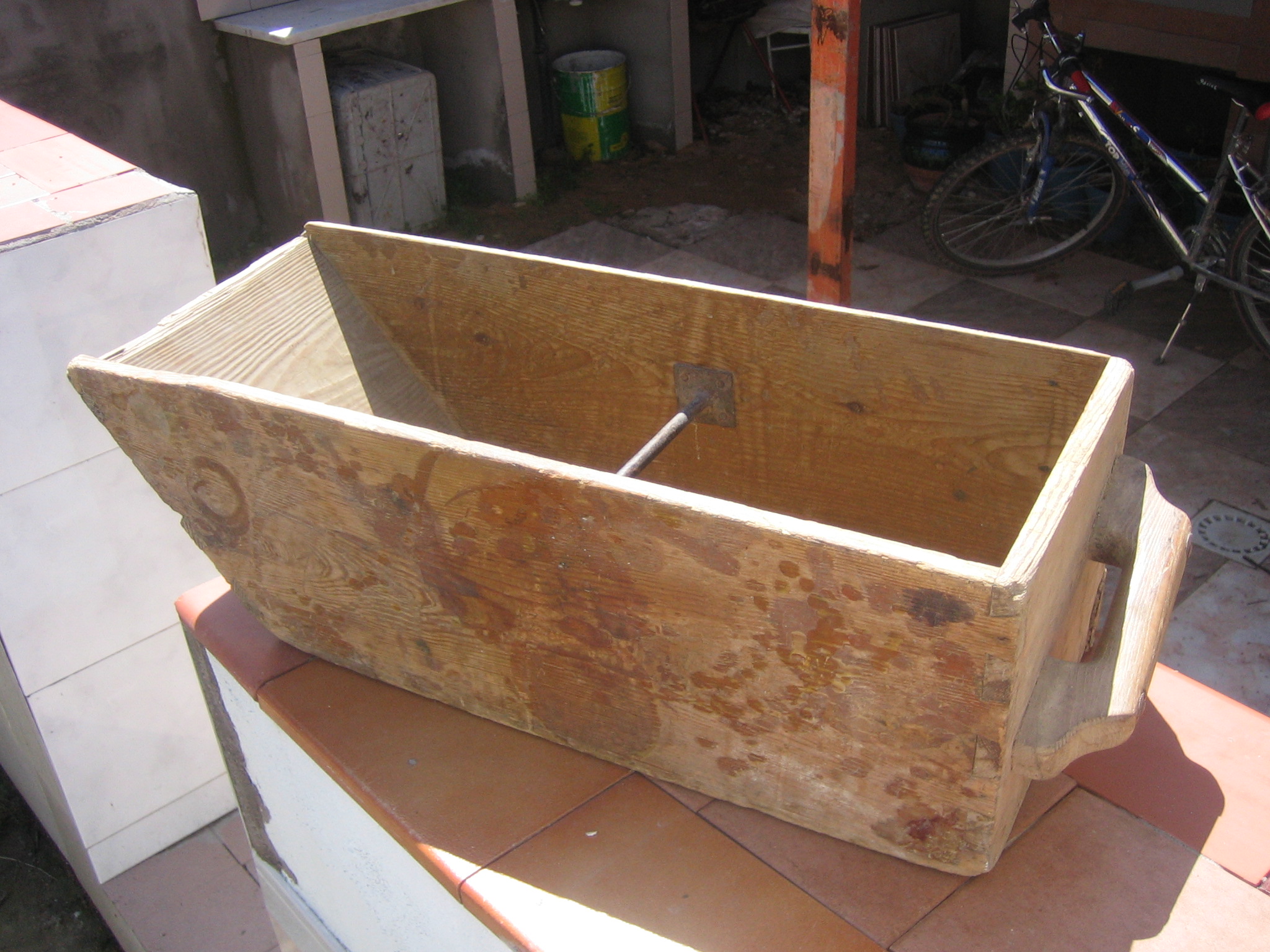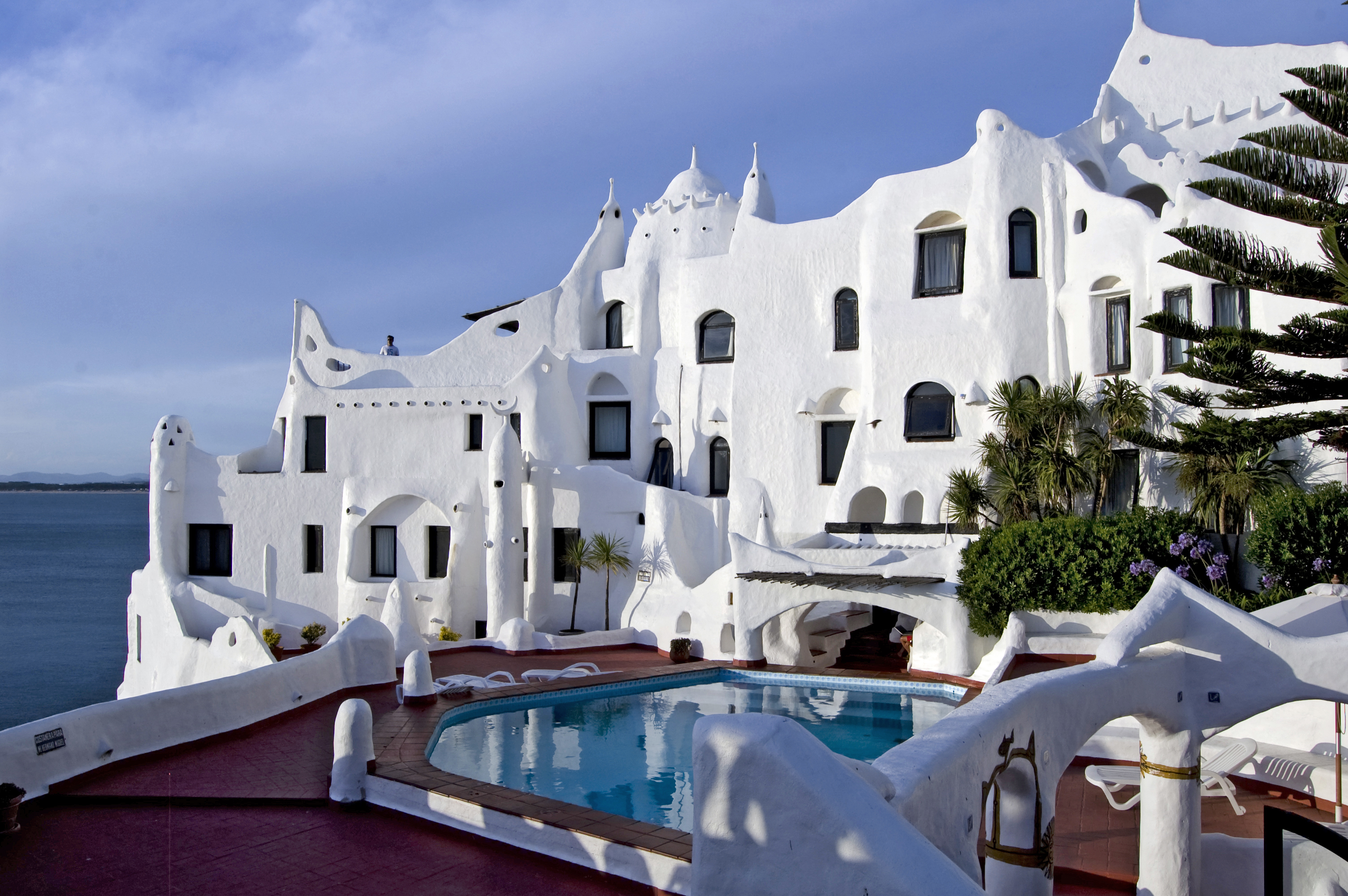|
Uruguayan Units Of Measurement
{{Uruguay-stub ...
A number of units of measurement were used in Uruguay to measure quantities. Metric system was optional in Uruguay since 1866, and has been compulsory since 1894. System before metric system The older system was the Spanish (Castilian) system with some modification. Mass One libra was equal to 460 g (1.014286 lb). Capacity One fanega was equal to 274 L (7.776 bushels). References Uruguayan culture Uruguay Uruguay (; ), officially the Oriental Republic of Uruguay ( es, República Oriental del Uruguay), is a country in South America. It shares borders with Argentina to its west and southwest and Brazil to its north and northeast; while bordering ... [...More Info...] [...Related Items...] OR: [Wikipedia] [Google] [Baidu] |
Units Of Measurement
A unit of measurement is a definite magnitude (mathematics), magnitude of a quantity, defined and adopted by convention or by law, that is used as a standard for measurement of the same kind of quantity. Any other quantity of that kind can be expressed as a multiple of the unit of measurement. For example, a length is a physical quantity. The metre (symbol m) is a unit of length that represents a definite predetermined length. For instance, when referencing "10 metres" (or 10 m), what is actually meant is 10 times the definite predetermined length called "metre". The definition, agreement, and practical use of units of measurement have played a crucial role in human endeavour from early ages up to the present. A multitude of System of measurement, systems of units used to be very common. Now there is a global standard, the International System of Units (SI), the modern form of the metric system. In trade, weights and measures is often a subject of governmental r ... [...More Info...] [...Related Items...] OR: [Wikipedia] [Google] [Baidu] |
Uruguay
Uruguay (; ), officially the Oriental Republic of Uruguay ( es, República Oriental del Uruguay), is a country in South America. It shares borders with Argentina to its west and southwest and Brazil to its north and northeast; while bordering the Río de la Plata to the south and the Atlantic Ocean to the southeast. It is part of the Southern Cone region of South America. Uruguay covers an area of approximately and has a population of an estimated 3.4 million, of whom around 2 million live in the metropolitan area of its capital and largest city, Montevideo. The area that became Uruguay was first inhabited by groups of hunter–gatherers 13,000 years ago. The predominant tribe at the moment of the arrival of Europeans was the Charrúa people, when the Portuguese first established Colónia do Sacramento in 1680; Uruguay was colonized by Europeans late relative to neighboring countries. The Spanish founded Montevideo as a military stronghold in the early 18th century bec ... [...More Info...] [...Related Items...] OR: [Wikipedia] [Google] [Baidu] |
Metric System
The metric system is a system of measurement that succeeded the Decimal, decimalised system based on the metre that had been introduced in French Revolution, France in the 1790s. The historical development of these systems culminated in the definition of the International System of Units (SI) in the mid-20th century, under the oversight of an international standards body. Adopting the metric system is known as ''metrication''. The historical evolution of metric systems has resulted in the recognition of several principles. Each of the fundamental dimensions of nature is expressed by a single base unit (measurement), base unit of measure. The definition of base units has increasingly been realisation (metrology), realised from natural principles, rather than by copies of physical artefacts. For quantities derived from the fundamental base units of the system, units SI derived unit, derived from the base units are used—e.g., the square metre is the derived unit for area, a qu ... [...More Info...] [...Related Items...] OR: [Wikipedia] [Google] [Baidu] |
Libra (weight)
The ancient Roman units of measurement were primarily founded on the Hellenic system, which in turn was influenced by the Egyptian system and the Mesopotamian system. The Roman units were comparatively consistent and well documented. Length The basic unit of Roman linear measurement was the ''pes'' or Roman foot (plural: ''pedes''). Investigation of its relation to the English foot goes back at least to 1647, when John Greaves published his ''Discourse on the Romane foot''. Greaves visited Rome in 1639, and measured, among other things, the foot measure on the tomb of Titus Statilius Aper, that on the statue of Cossutius formerly in the gardens of Angelo Colocci, the congius of Vespasian previously measured by Villalpandus, a number of brass measuring-rods found in the ruins of Rome, the paving-stones of the Pantheon and many other ancient Roman buildings, and the distance between the milestones on the Appian Way. He concluded that the Cossutian foot was the "true" Roman foot ... [...More Info...] [...Related Items...] OR: [Wikipedia] [Google] [Baidu] |
Fanega
The fanega or Spanish bushel was an old measure of dry capacity in Spanish-speaking countries. It was generally used in an agricultural context to measure quantities of grain. The measure varied greatly, but in Castile, it was equivalent to roughly 55.5 liters. It was also a measure of surface area that was further subdivided into 100 varas, or the amount of land that could be sown with a fanega of seed. See also * Bushel A bushel (abbreviation: bsh. or bu.) is an imperial and US customary unit of volume based upon an earlier measure of dry capacity. The old bushel is equal to 2 kennings (obsolete), 4 pecks, or 8 dry gallons, and was used mostly for agric ... External links {{wiktionary Units of volume Obsolete units of measurement ... [...More Info...] [...Related Items...] OR: [Wikipedia] [Google] [Baidu] |
Litre
The litre (international spelling) or liter (American English spelling) (SI symbols L and l, other symbol used: ℓ) is a metric unit of volume. It is equal to 1 cubic decimetre (dm3), 1000 cubic centimetres (cm3) or 0.001 cubic metre (m3). A cubic decimetre (or litre) occupies a volume of (see figure) and is thus equal to one-thousandth of a cubic metre. The original French metric system used the litre as a base unit. The word ''litre'' is derived from an older French unit, the '' litron'', whose name came from Byzantine Greek—where it was a unit of weight, not volume—via Late Medieval Latin, and which equalled approximately 0.831 litres. The litre was also used in several subsequent versions of the metric system and is accepted for use with the SI,Bureau International des Poids et M ... [...More Info...] [...Related Items...] OR: [Wikipedia] [Google] [Baidu] |
Uruguayan Culture
The culture of Uruguay is diverse in its nature since the nation's population is one of multicultural origins. Uruguay has a legacy of artistic and literary traditions, especially for its small size. The culture of Uruguay is known to be heavily European influenced, mostly by the contribution of its alternating conquerors, Spain and Portugal. However, from the year 1858 to 1940, large waves of European immigrants began arriving to Uruguay, with the majority of the immigrants coming from Italy. Minor European immigrant groups – Frenchmen, Germans, Swiss, Russians, Jews, and Armenians, among others – also migrated to Uruguay. The settlement of the European immigrants has resulted in traditions that integrate this diversity with the indigenous people or Charrúa elements. Uruguay has century-old remains and fortresses of the colonial era. Its cities have a rich architectural heritage, and a number of writers, artists, and musicians. Carnaval and candombe are the most important ... [...More Info...] [...Related Items...] OR: [Wikipedia] [Google] [Baidu] |

_01.jpg)

